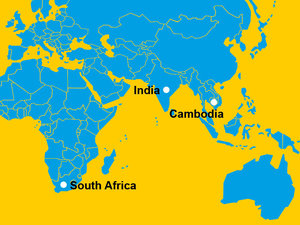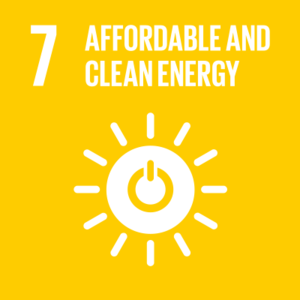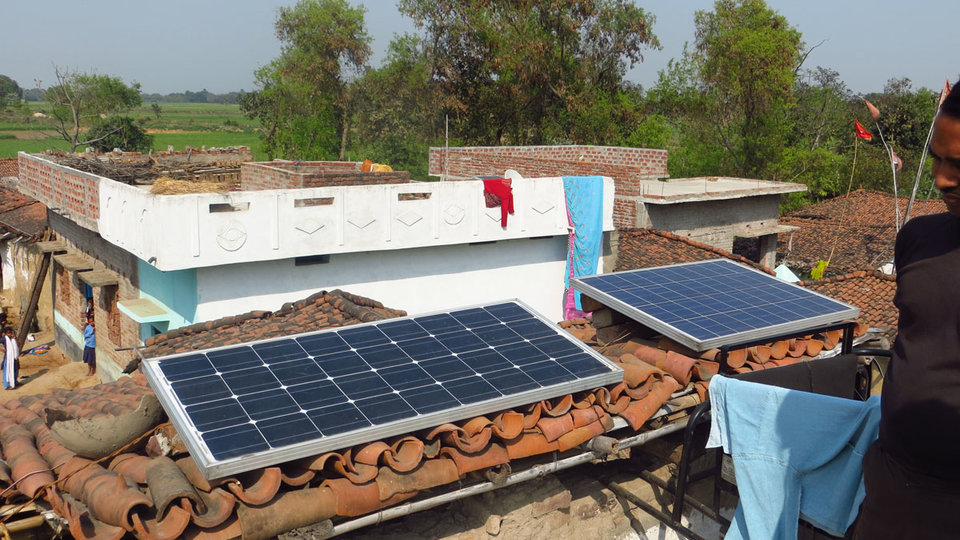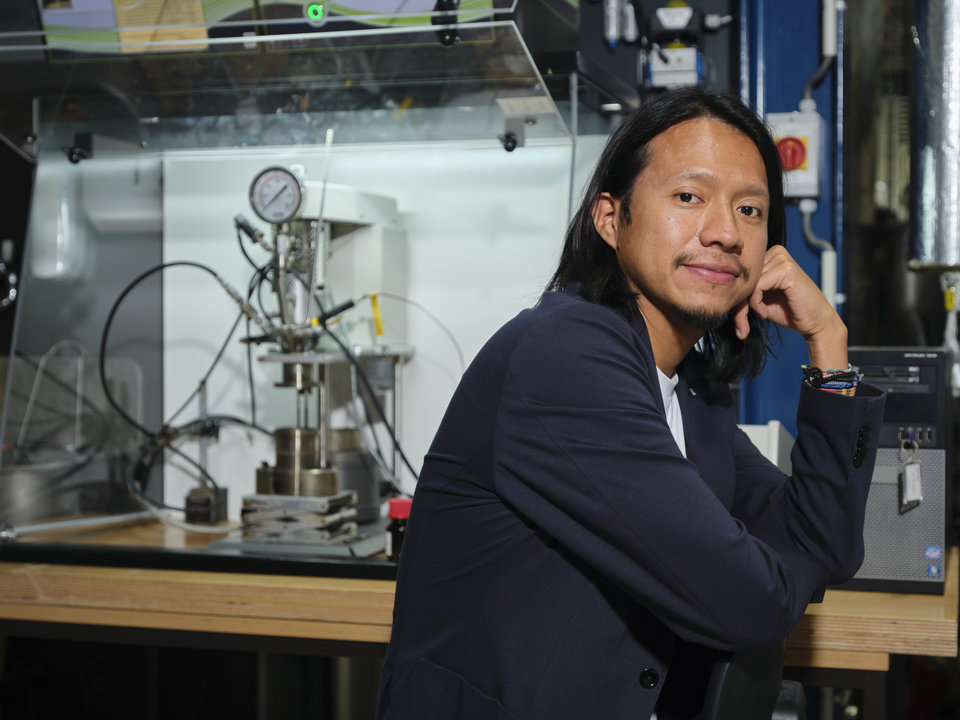Almost 30% of the 7.5 billion world population has no or unreliable access to electricity. Because of these peoples’ remote locations and geographical or financial limits the electricity grid simply has not reached them, yet. That is why Delft Global fellow Nishant Narayan researches off-grid solutions with solar energy.
Off-grid solutions for climbing the energy ladder
Why not just extend the national electricity grid? It is a question Nishant often hears, when he explains his research. In the Netherlands, this seems obvious. “But in large countries, extending the grid can be very expensive. In all of Africa, there are only two companies that made any profit at all as per a recent study!” So, there are a few factors these companies have to take into account if they want to consider expanding their grid: the population density, the geographical distance and the expected energy consumption. Sometimes people live too far away from the grid, or they only use a very little amount of energy. “In those cases, off-grid and decentralized solutions are the way to go. That is the only way these remote communities can have a chance to climb up the energy ladder.”
The beautiful part is that most of the places with electricity issues happen to lie in the equatorial and tropical belts. So, solar-based solutions are a no-brainer.
High-power appliances
Currently, standalone solar home systems are often used for off-grid electrification. But there are two main problems with these systems. The fact that these systems are not all-inclusive: not all appliances will work on it. And the fact that you have to know the exact load it can take: exactly which appliances can be attached before designing the system. This affects the ease of expanding the system when the user moves up the energy ladder.
When Nishant’s team did fieldwork in Cambodia, they discovered the importance of this drawback. “We got to know that people really wanted to buy things like a rice cooker or water kettle. A water kettle is a pretty cheap product. They can afford it, but their current solar home system will be unable to power such a high-power appliance. If you are going to provide people with an energy system, it should be able to have all the capacities that you are promising elsewhere in the world. That’s the idea of equality.”
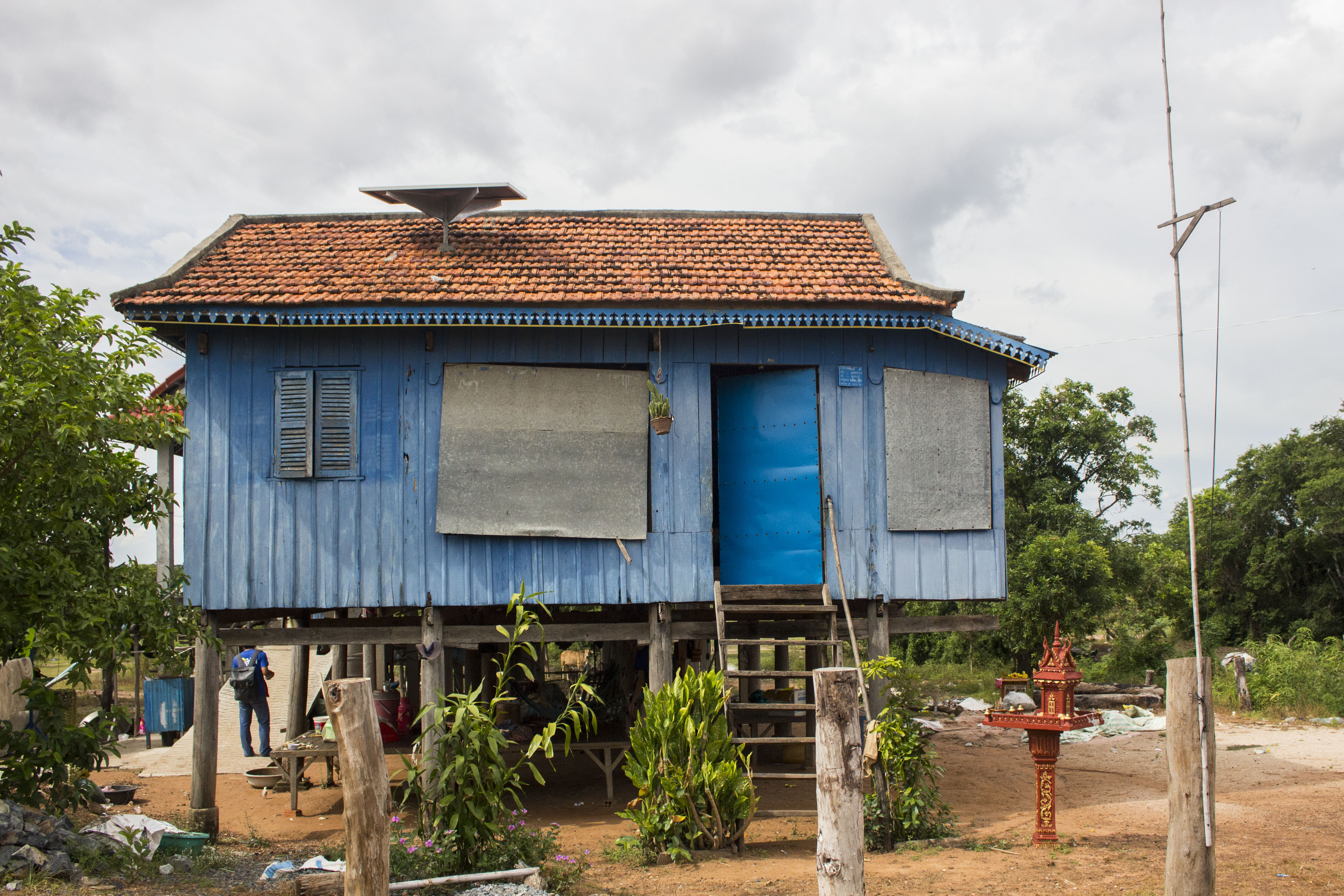
Interconnected micro-grid
Just increasing the battery size won’t work. Batteries are expensive and don’t have a long life-expectancy. Instead, Nishant sees the solution in a modular and interconnected design for these solar home systems. “If you want to climb up the energy ladder, you need modularity in your design. When your income grows, you want to be able to add things to your system. But you don’t want to unnecessarily oversize your individual solar home system to run an appliance which consumes a lot of energy.” Instead, you want to use the energy of interconnected microgrid that connects several individual solar home systems.
This idea of a solar-based microgrid is not new, but Nishant approaches it differently. “Generally, this possible solution to the energy access problem is treated as a planned microgrid in which, let’s say, one hundred houses are attached to centralized solar panels and storage. Thus, a top-down approach. I look at it from the perspective of each and every individual solar home system, whose households are only interconnected when they are ready for this. Think of it as a bottom-up, organically growing microgrid. This is bottom-up in the crudest sense. It doesn’t come from the government; it starts with the household itself. That way you are sure that whoever opts for this solution bases this choice on his or her own financial capability and motivation.”
A roadmap for the future
Nishant’s system design would be better adaptable to changes in a user’s needs and demands. To gain more insights he works closely together with industrial designer Jan-Carel Diehl, who is an expert on human-centered design with a special focus on emerging markets. Another important partner to test his findings with is SolarWorks!, a TU Delft start-up company which sells solar home systems in Mozambique. Though for Nishant, his research isn’t just about the creation of a prototype. “My research should be seen as a roadmap of sorts towards achieving universal electrification. How far can they take the technology as it is now? What else do we need to do to think of possible problems that might arise? How to be best prepared for the future?”
Co-workers: Zian Qin, Pavol Bauer, Miro Zeman
Global Research Fellowship
Global Challenges
Clean energy access for un(der)-electrified regions
High-tech Science
Solar power, energy storage, DC microgrids, power management
Co-Creation
SolarWorks! (Netherlands/Mozambique), KamWorks (Cambodia)
Global Research Areas
Contact
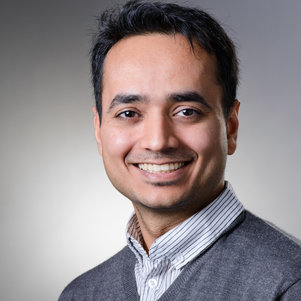
Nishant Narayan
